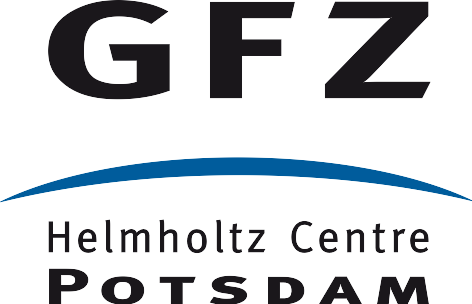Dr. Thais Couasnon

Building
A 71,
Room
224 (Büro - Wissenschaftler/in)
Telegrafenberg
14473
Potsdam
Function and Responsibilities:
Postdoctoral fellow in the group Interface Geochemistry (section 3.5)Research Interests:
Thaïs Couasnon did her PhD at the Institut de Physique du Globe de Paris, on the biomineralization of manganese on the surface of bacterial biofilms. During her PhD, she collaborated with the Laboratoire Matériaux et Phénomènes Quantiques (MPQ) of the Université Paris Cité to image the biomineralization process in a liquid at the submicrometer scale and at high temporal resolution using liquid phase transmission electron microscopy. She is currently a postdoctoral fellow at the German Research Center for Geosciences (GFZ) to develop this relatively new technique to study the formation and transformation of minerals in situ, in order to better understand the mechanisms governing the mobility and bioavailability of elements in natural and industrial settings.Career:
November 2019 - present: Postdoctoral researcher in Interface Geochemistry (section 3.5)
volunteering: EAG communication committee
Education:
- 2015 - 2019 - Ph.D. Earth and Environmental Science: "Role of reactive oxygen species and substances exopolymeric bacteria in the process of biomineralization of manganese"
Institut de Physique du Globe de Paris (IPGP), Paris, France
Advisors: Alexandre Gélabert and Bénédicte Ménez - 2013 - 2015 - M.S. Chemistry
Ecole Normale Supérieure Ulm, Paris, France
- 2009 - 2012 - B.S. Chemistry and Biology
Université Joseph Fourier, Grenoble, France
Projects:
NEWS:
May 2023: Happy to share our latest contribution to the Journal of Physical Chemistry Letters: "Tailoring the Acidity of Liquid Media with Ionizing Radiation: Rethinking the Acid–Base Correlation beyond pH". This work sheds light on the concept of acidity during the interaction between ionizing radiation (electrons and photons) and liquid phases. A glimpse of the story in the JPCL cover : https://pubs.acs.org/toc/jpclcd/14/20
more info: https://lnkd.in/esXxye4i
Awards:
•2021: Successful synchrotron proposal EXAFS at P65, DESY synchrotron, Hamburg, Allemagne
•2017: International mobility grant Université Sorbone Paris Cité, 3000euros
•2017: Successful synchrotron proposal STXM at HERMES, SOLEIL synchrotron, France
•2015: Ph.D grant from ministerial scholarship


